Last Monday, which was a bank holiday here, Laura and her new husband David picked me up and we drove over to Crystal Palace Park, south of the river. The enormous glass, iron and wood structure that was built for the great Crystal Palace Exhibition in London in 1851 was later moved here, where it remained until it burned down in 1936. (For some pictures and information about the structure and exhibit, see http://www.st-andrews.ac.uk/~city19c/viccity/crystal1.html and http://en.wikipedia.org/wiki/The_Crystal_Palace).
Life-sized (well, maybe not quite life-sized, but big!) plaster replicas of dinosaurs were commissioned and were part of the exhibit, and they are still around the grounds of the park, along with models of more modern animals - elk, tapirs, etc. The palace was on a hill, and standing atop it you get sweeping views of the countryside to the south (the city falls away and greenery takes over pretty quickly once you're outside Greater London) and to the north, where you can see the City, with St. Paul's and the modern office building nicknamed The Gherkin.
Last night, my friends Tim, Alice, Alison and I met my friend Bucky outside the Canary Wharf station for a tour of the Island, dinner, and a visit to the local. Bucky runs the theatre program at the London branch of the American School in St. John's Wood, and spends more time around Americans than around Brits, and had been to the Isle of Dogs only a few times, and then only to Canary Wharf.
From the first years of the 19th century until the 1960's, the Isle of Dogs was home to London's major ports. When container shipping took hold, the docks gradually fell into disuse, leaving acres of derelict buildings and massive unemployment. In the early 1990s, an adventurous financier built Canada Tower, Britain's tallest building, hoping to create a new commerical center. At first it sat largely empty, but soon business took off. The publishing industry, long located at and sometimes simply referred to as "Fleet Street," moved to Canary Wharf, as did other businesses. Now there are many skyscrapers with housing Citibank, Barclay's, and other international corporations, with luxury flats and hotels. When I asked a cab driver to take me to the Isle of Dogs, he said, "Oh, the Isle of Money." But it's not all like that.
We walked to South Quay and then around the docks to near Millwall and the Mudchute DLR station, and then cut through Mudchute Farm and Millwall Park. Tim said that Mudchute is the largest farm inside a city. I think! There are allotments, or community garden plots, as well as sheep, cows, goats and other farm animals. The Mudchute is so named because when the second set of docks were being built in the mid-19th century, the excavated dirt was thrown up into a berm alongside the channel - and there it remains. It's a lovely oasis of green.
Donna met us at Memsaheb, my favorite Indian restaurant here, right on the river, and had a great meal, then walked along the river back to my old neighborhood. The Observatory in Greenwich projects a green laser beam along the meridien line, which shoots hot and bright in the dark above the river. We went for a drink at the Lord Nelson put, my old haunt. The Nelson's been there since about 1850, and for decades was a dockies' pub, catering to the dockworkers that were the Island's main population from about 1800 to 1900 or so.
The southwest quadrant of the Island, especially, still has a very neighborhoody feel, with many dockers' cottages that were built in the late 19th and early 20th centuries. The area along the river was heavily industrial from the second half of the 19th century, and was badly bombed during the World War II, with many civilian deaths. Now most of the river front has newer upscale flats. But in other places, there are still many people whose families have lived on the Island for years.
I really enjoyed living in this neighborhood when I was here for almost a year and a half two years ago caring for my mother. Since there are only two ways onto the Isle of Dogs by car (Blackwall Tunnel at the northeast and the Limehouse Link at the northwest), it's a lot more quiet and laid back than central London.
If you look at maps showing the Island up until the beginning of the 19th century, there isn't much there. A road around the perimeter, and one leading up the center of the horseshoe-shaped peninsula, with a ferry house at the foot of the island, near where the roads intersect, and a chapel house partway up the north-south middle road.
I lived where that north-south road, Eastferry Road, intersects the perimeter road, which is Westferry Road on the west and Manchester Road on the east. A couple hundred feet away, closer to the water, was the site of the ferry to Greenwich, which was there at least since the 14th century. Samuel Pepys got stuck there for a day, trying to get to a wedding south of the river. For all that time, there has always been a public house near the site, though the current Ferry House pub is only about 200 years old.
Saturday, August 30, 2008
Subscribe to:
Post Comments (Atom)


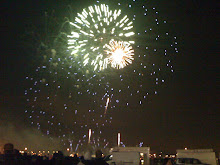










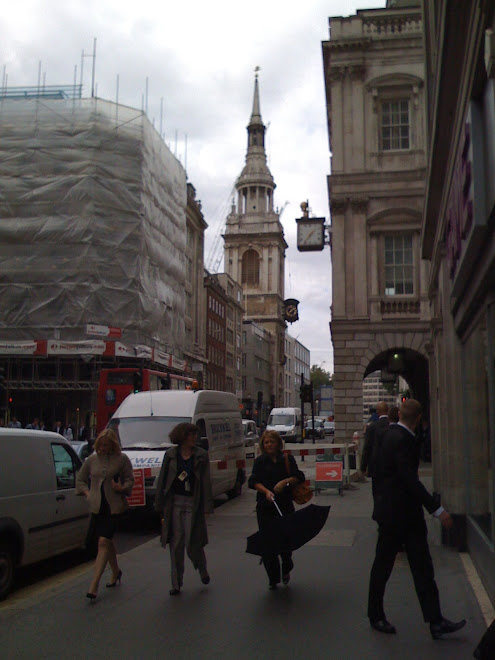

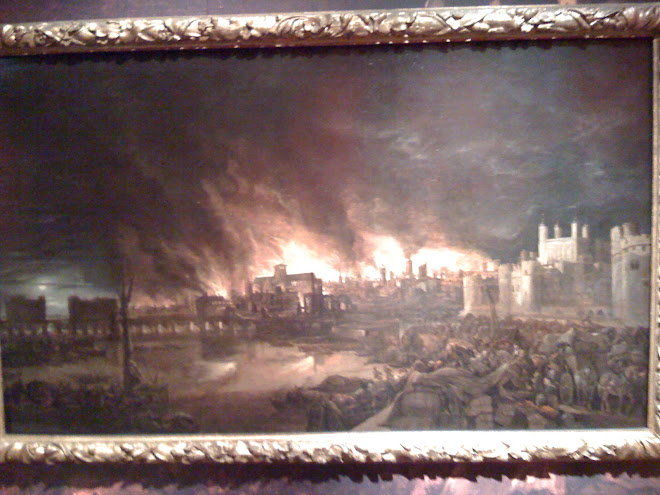
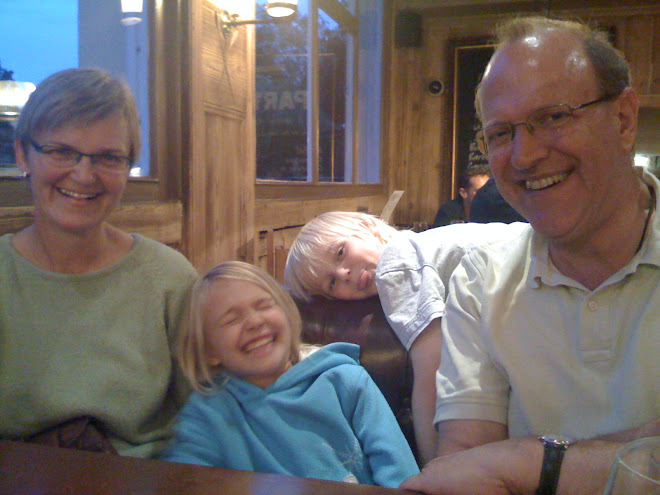


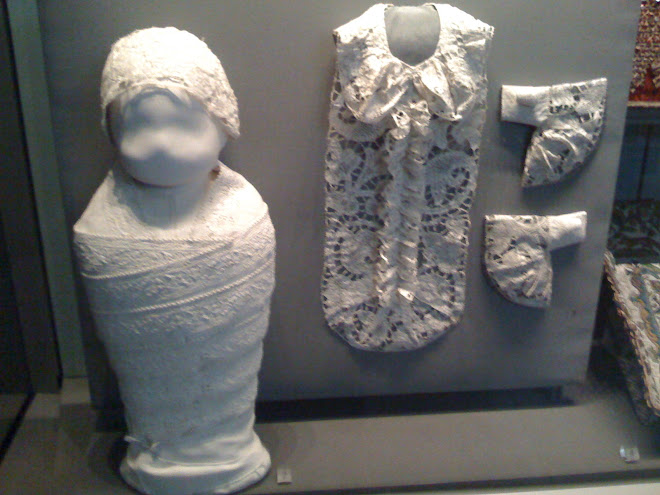
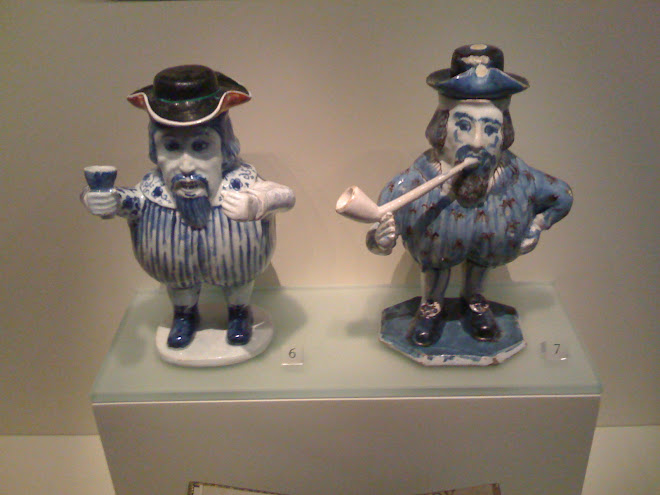
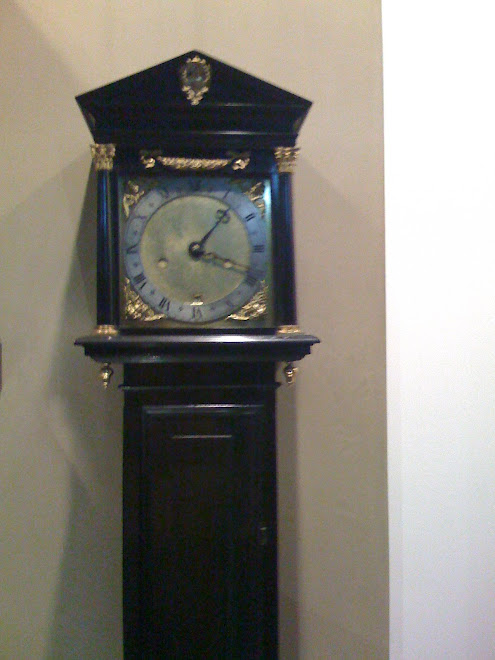
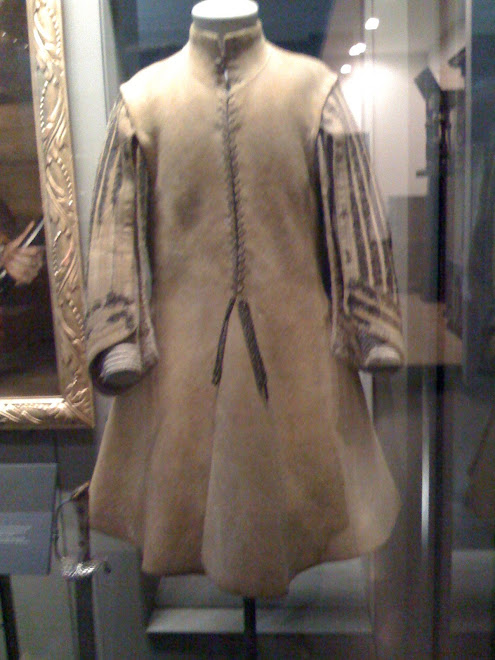

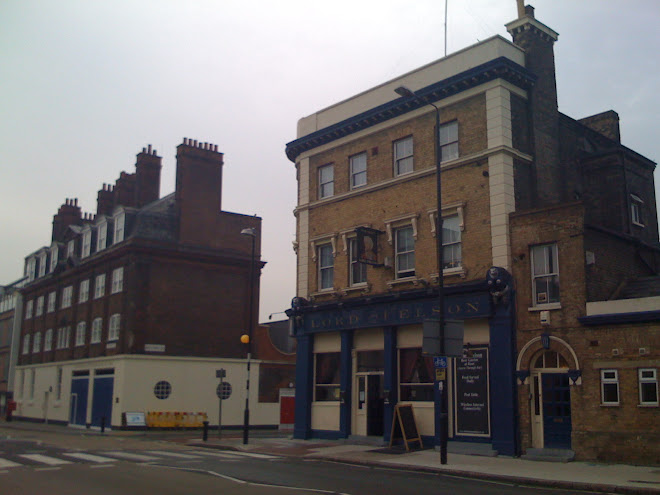
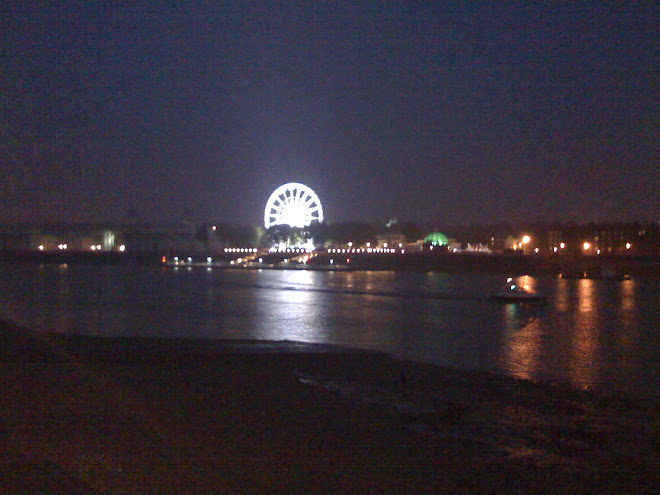
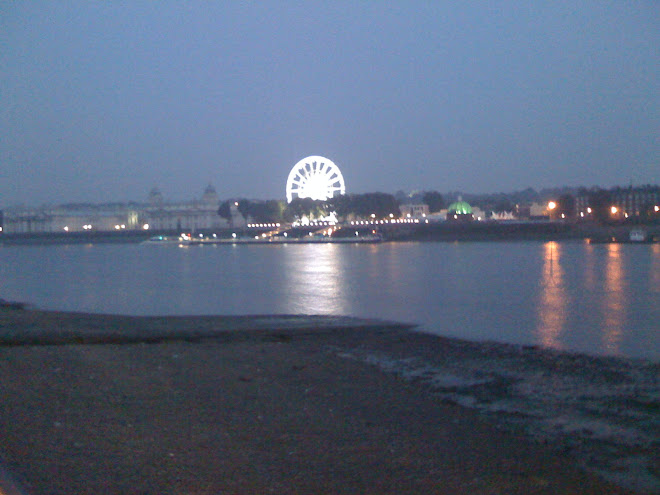
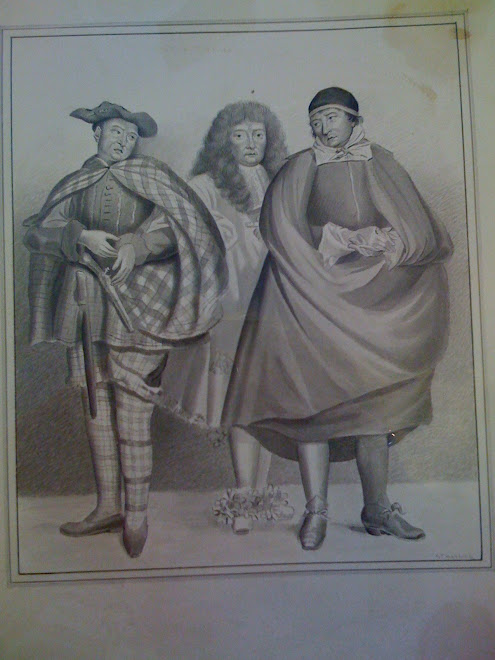
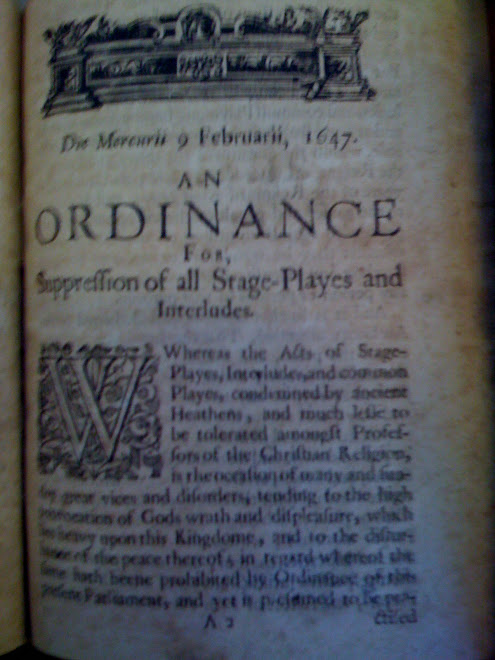

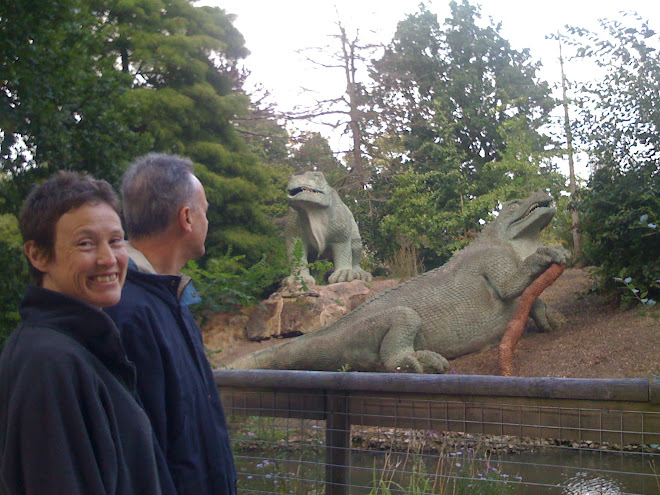


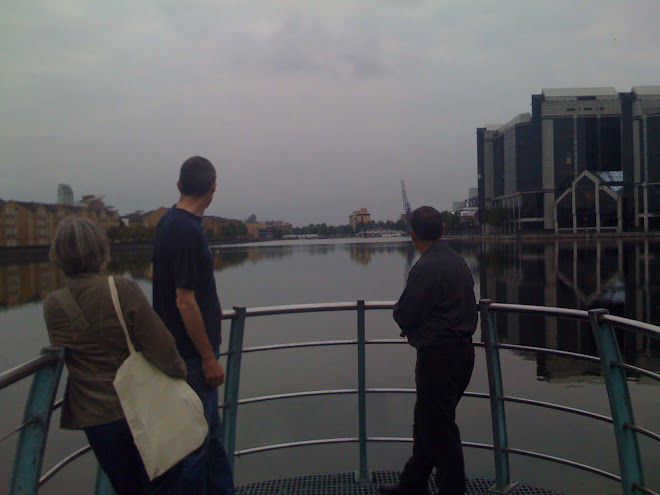
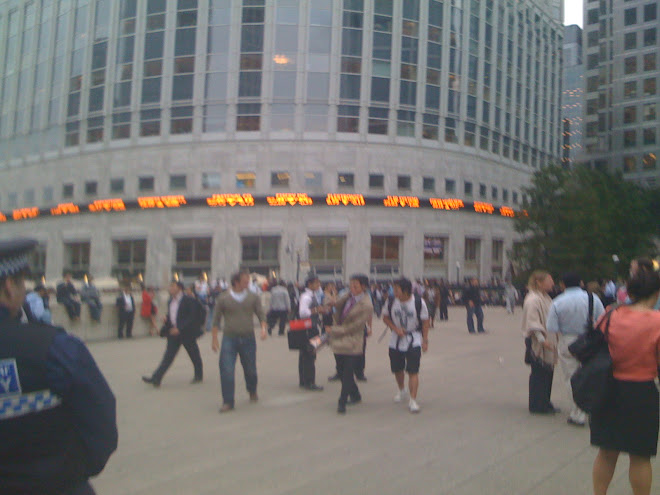
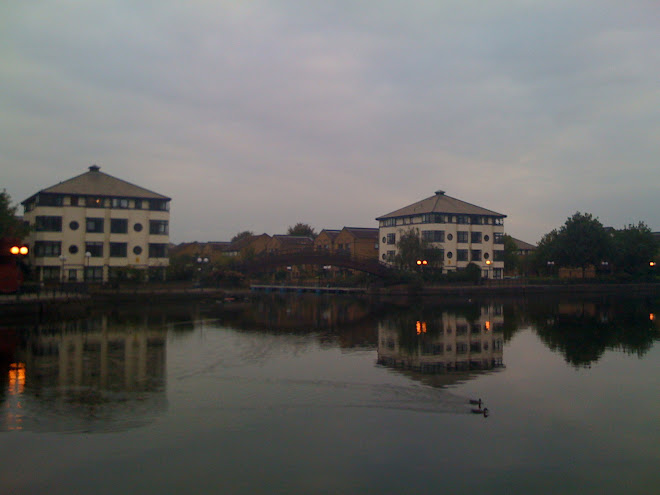

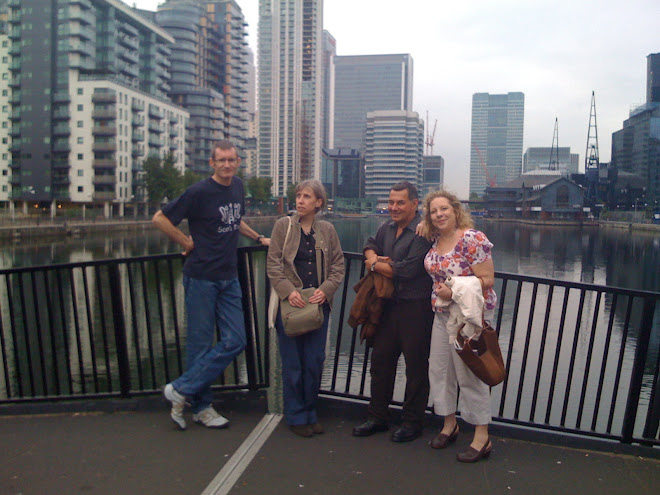

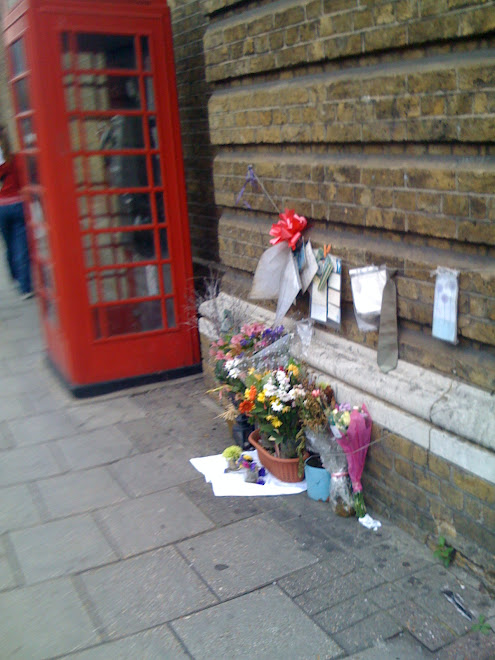

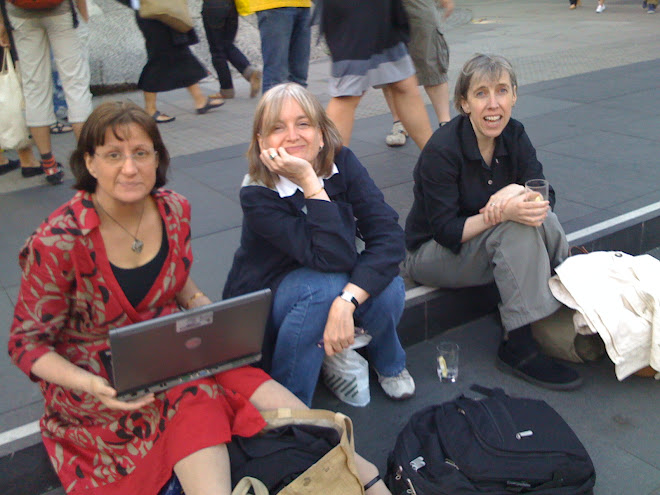
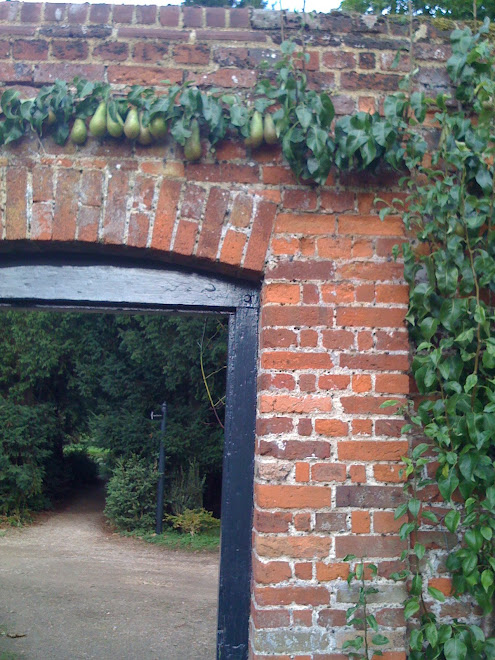
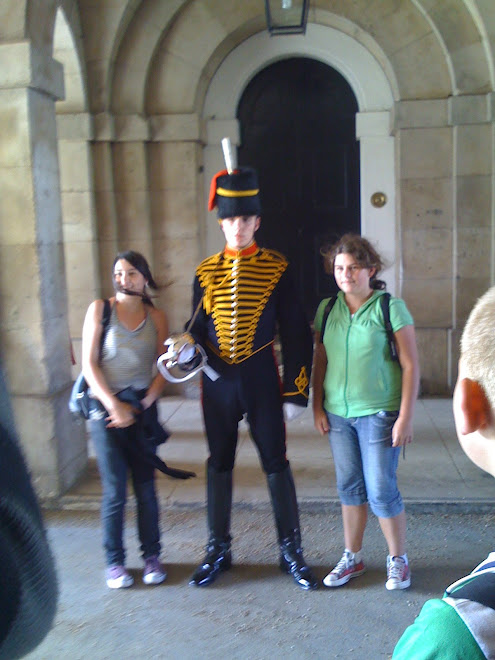
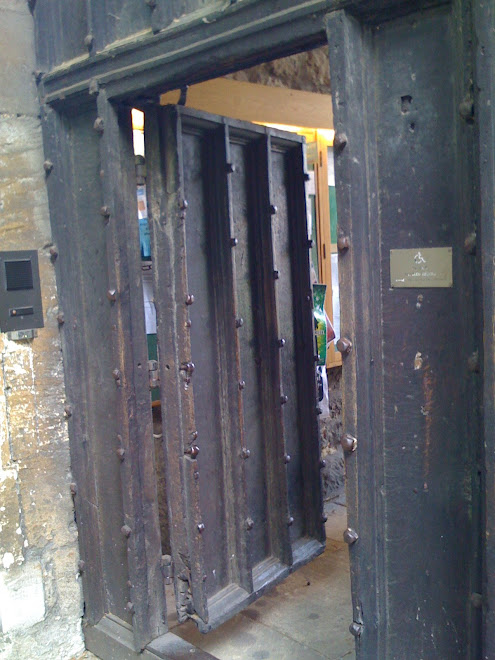
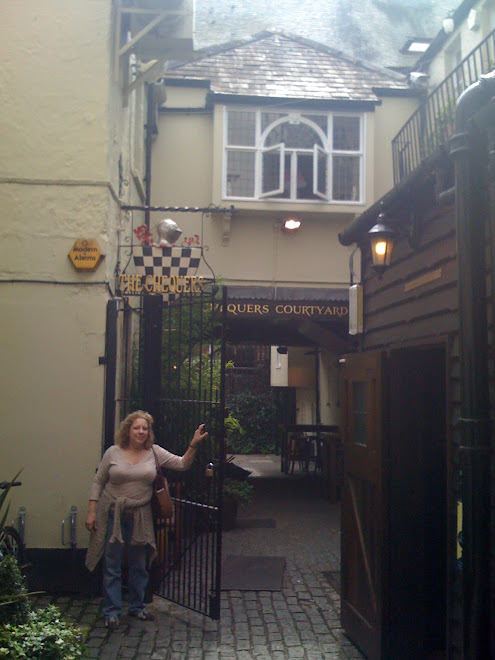
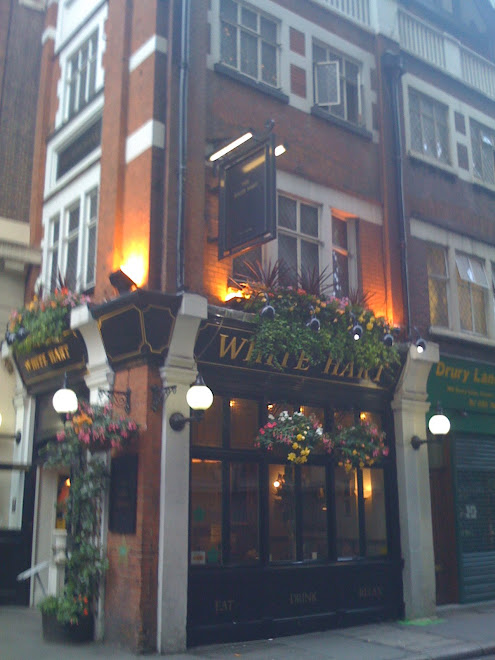


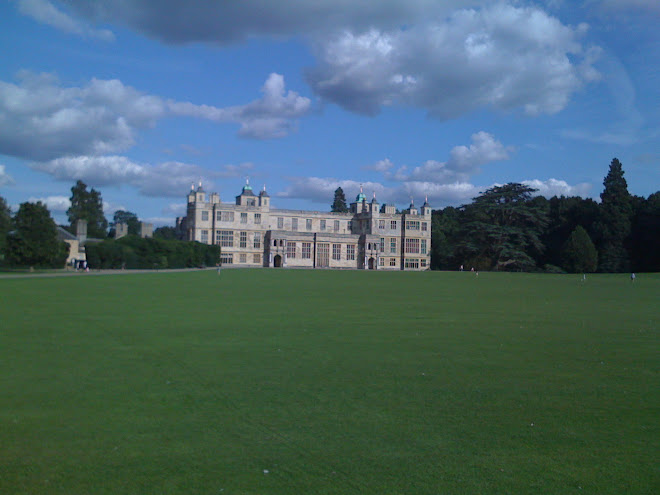
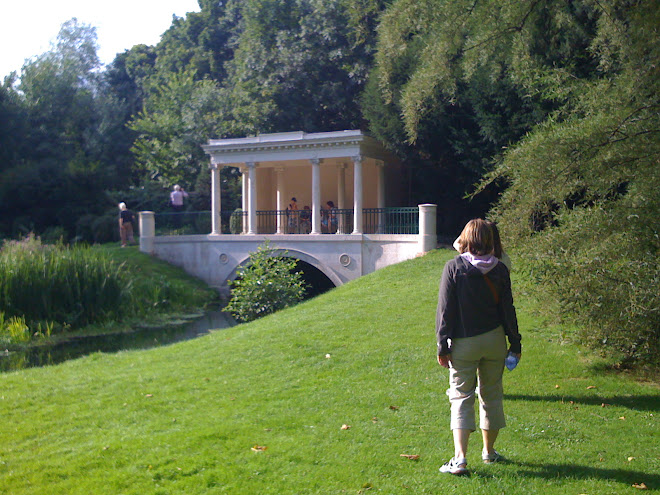

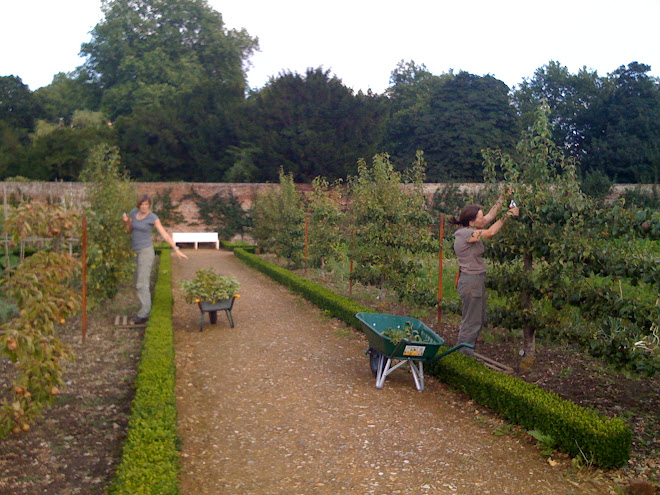



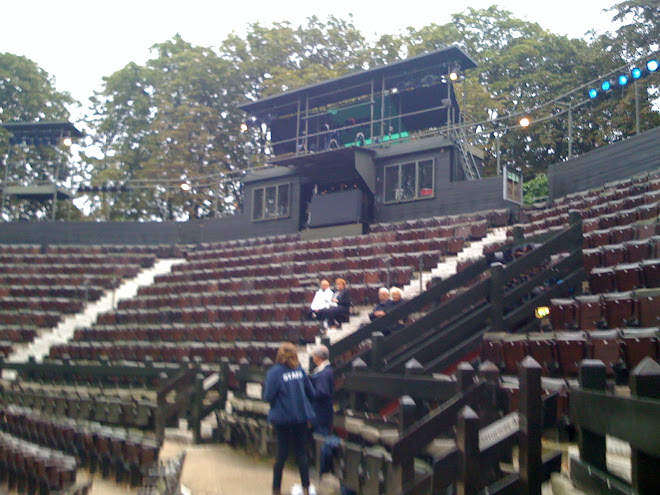
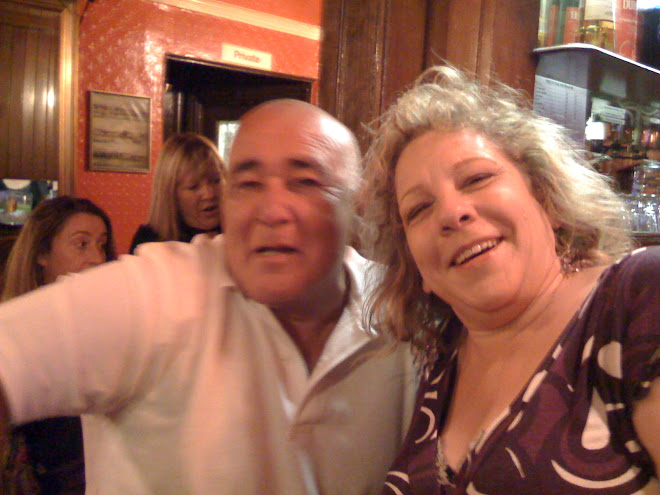

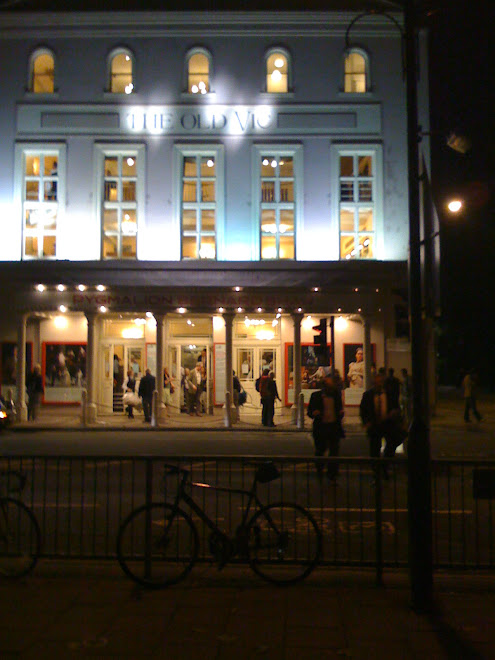
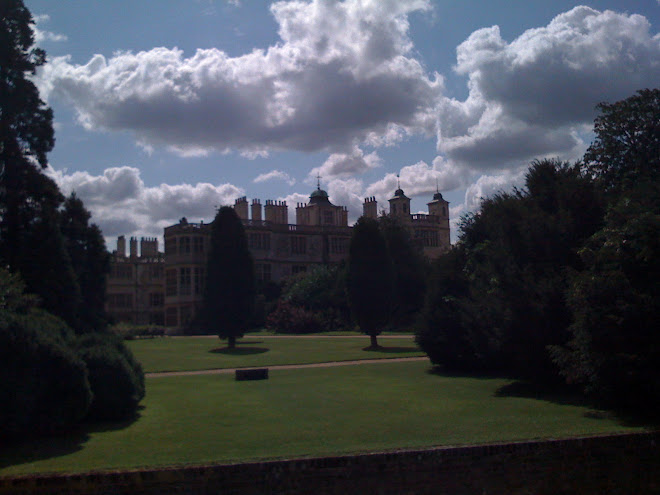
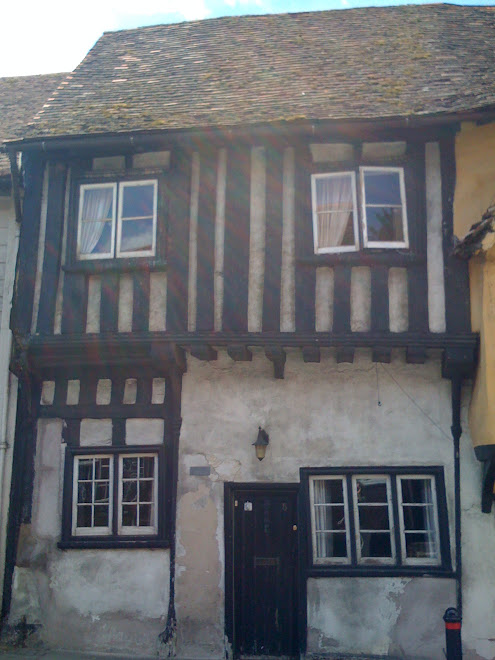

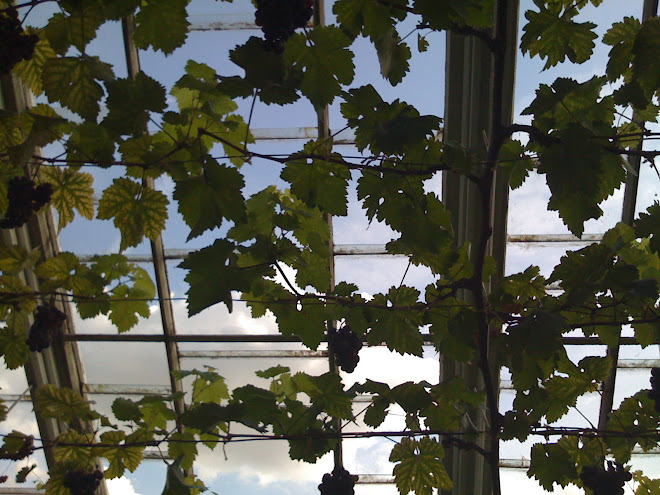
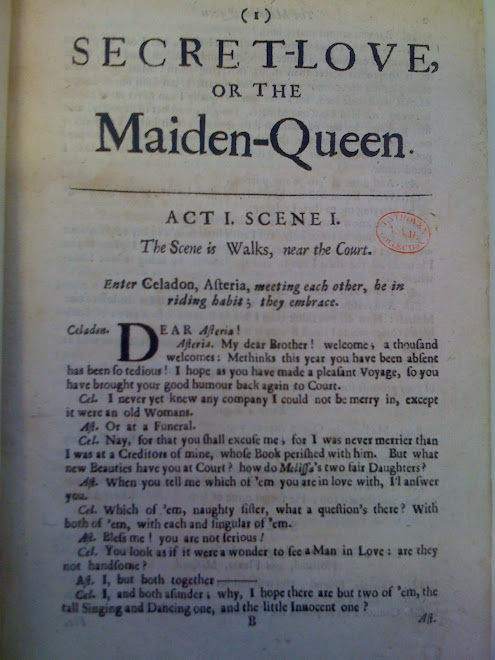
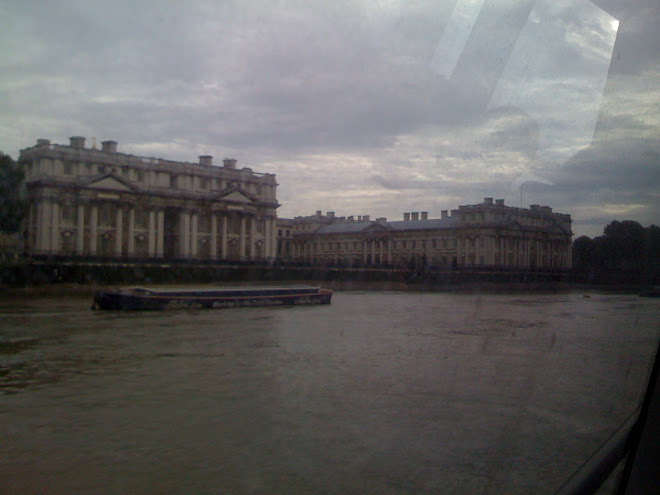

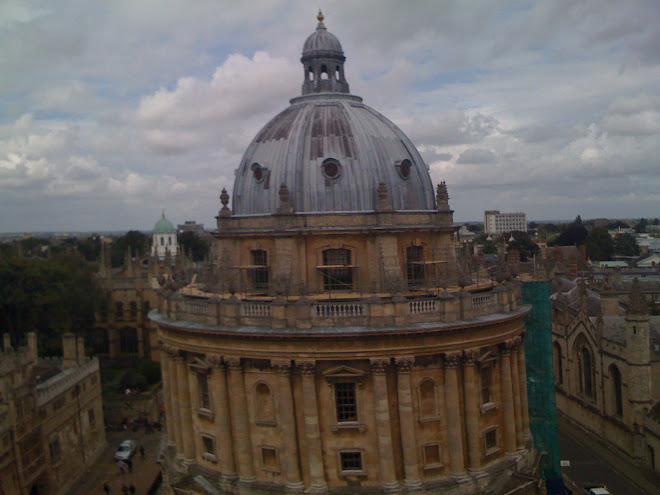
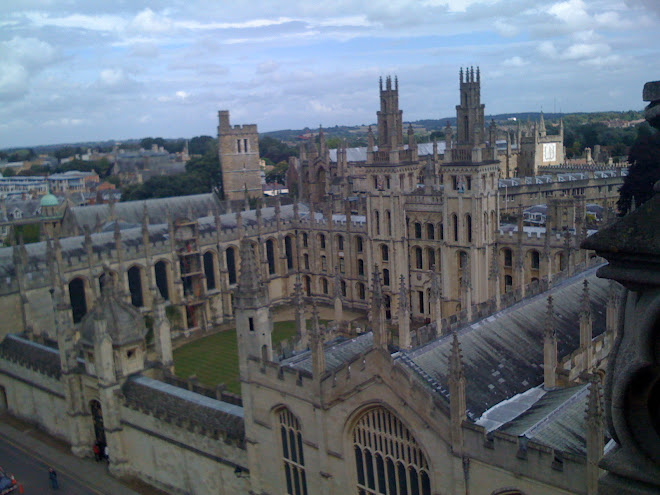
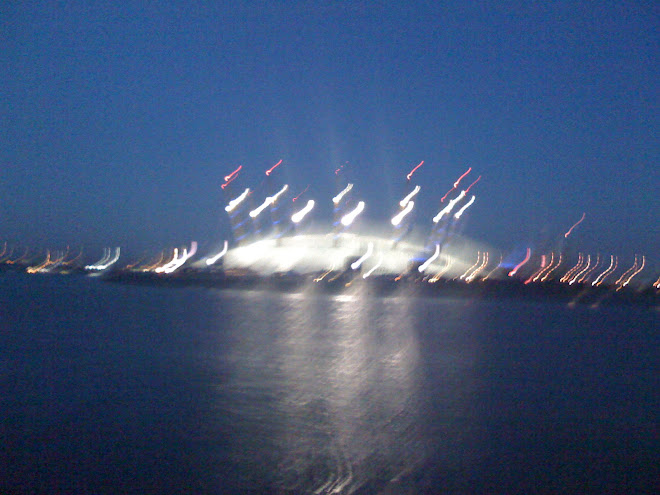
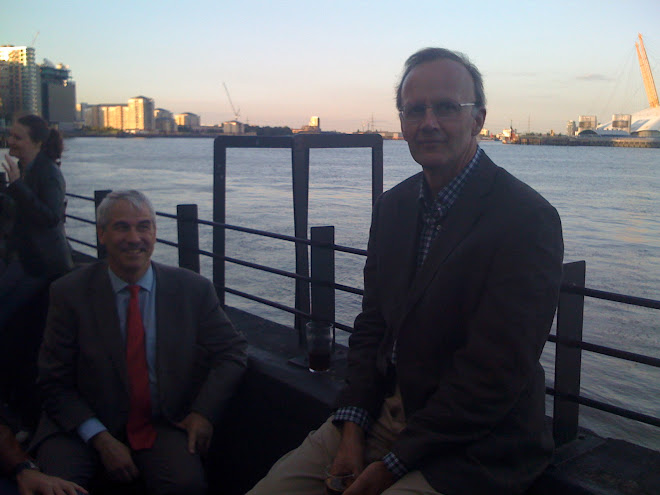
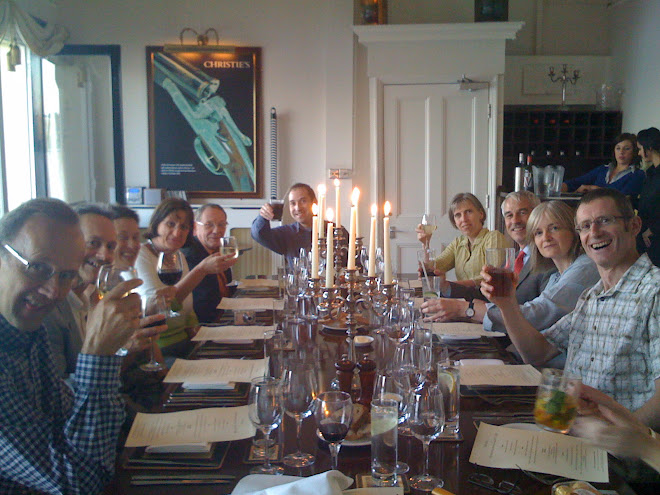



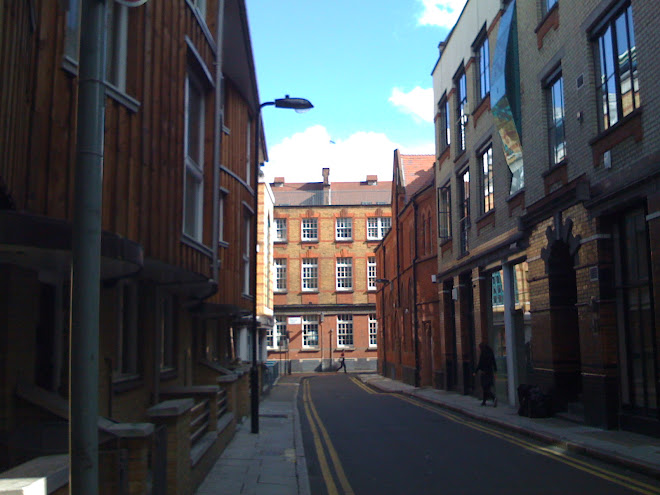
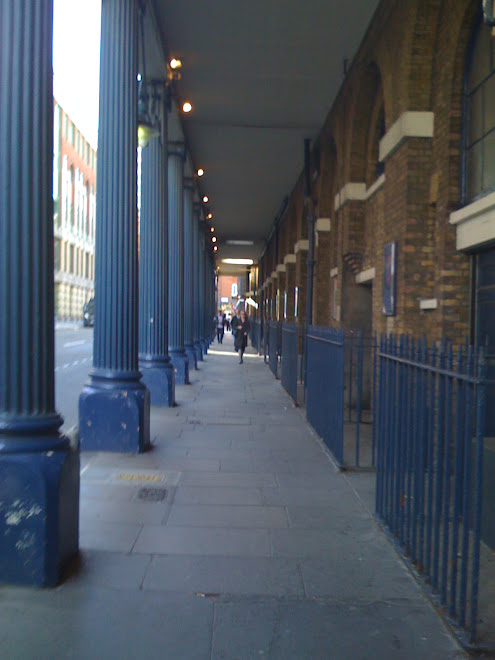

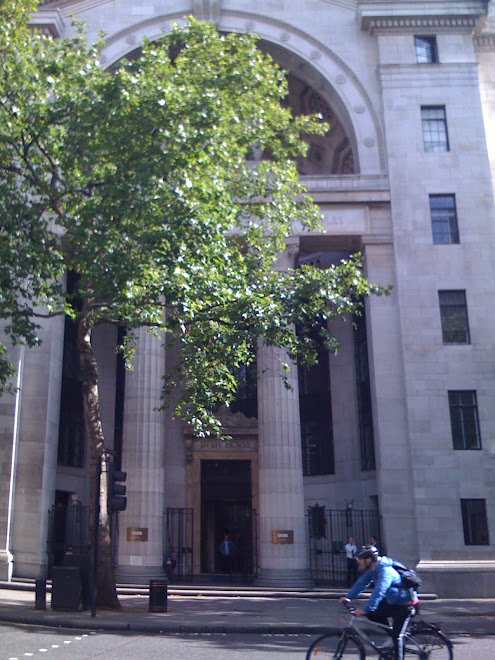

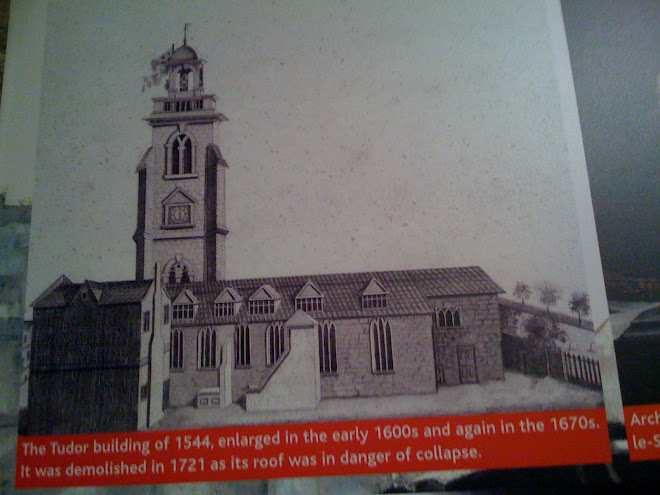
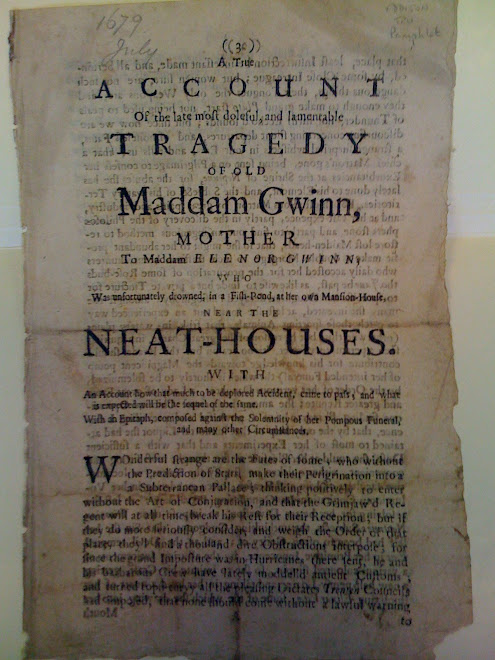
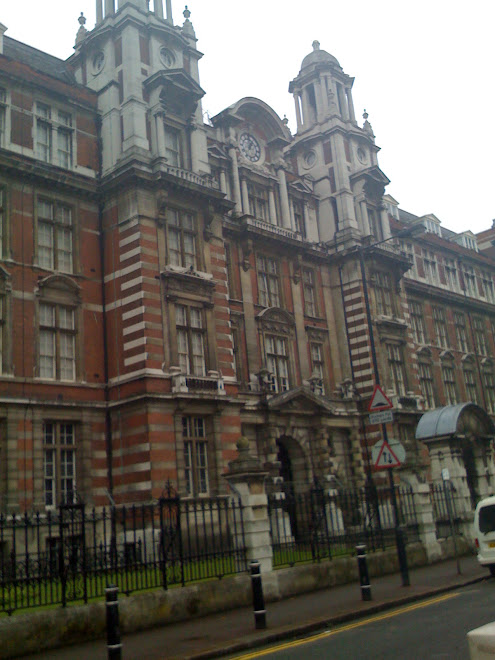
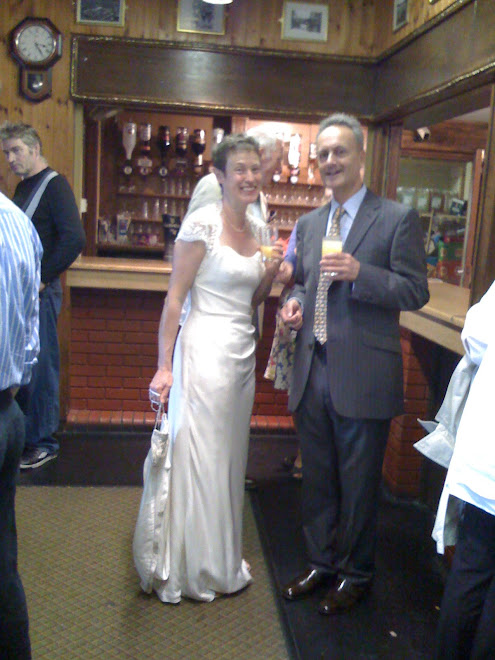

No comments:
Post a Comment